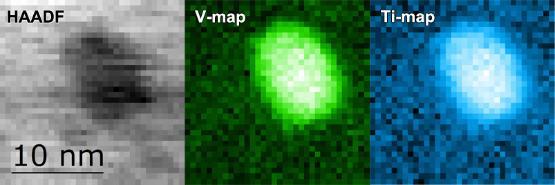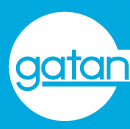Development of DualEELS with Gatan Inc.
To provide full quantification of elemental concentrations in samples using EELS, it is essential to record both low energy loss and high energy loss spectra from the same region. This was not easy in standard spectrometers, due to the huge brightness variation across the spectrum, but has been pioneered at Glasgow in collaboration with Gatan Inc..
Prof Alan J. Craven and co-workers developed a fast electrostatic deflection system to act as a fast shutter to allow exposure times down to the microsecond range. This allowed successive bright low-loss spectra and weak high-loss spectra to be collected from the same region without adjusting any other microscope conditions, by using the electrostatic shutter to control the exposure time and the electrostatic drift tube in the spectrometer to quickly switch the energy range. This technology has since been commercialized by Gatan Inc. and is now included in their GIF Quantum EEL spectrometers with a much faster and better optimised readout architecture than in the original Glasgow prototype.

The image shows quantitative maps of (V,Ti)C precipitates in a steel, made possible by use of the DualEELS technique on our new GIF Quantum spectrometer on the JEOL ARM200F.


